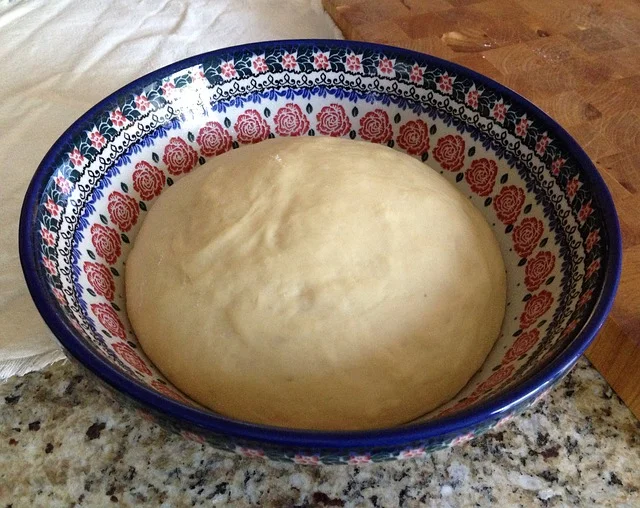During many Alexander lessons, part of the lesson is spent with the student resting on her or his back on a table as the teacher uses verbal guidance and hands-on assistance to help the student expand her or his back onto the table, release arms and legs away from the trunk, and ease mental and physical tension and stress.
In between lessons, students often spend time on their own doing a lie down. There are a number of ways to use the time to deepen one's Alexander technique skills.
I encourage my students to think of practicing ways of releasing excess muscle tone to facilitate lengthening along the spine, as well as easing compression in joints.
Try this:
Lay down on a firm surface on your back, knees bent, with a similar height stack of books under your head as your teacher uses during tablework with you in lessons. If you haven’t had a lesson, you want enough books so that your neck is in the same angle as it would be in upright coming straight up from your collar. You don’t want your neck tipping behind or being pushed forward of your collar. (show a picture)
Think of general, overall expansion. You can think about an internal overall increase in volume. Think about how bread dough or pastry dough left to proof expands in volume. With eyes open, continue to see the ceiling and the space in your upper peripheral vision (the direction where you intend the crown of your head to flow), as well as the space on either side of you (where you intend your shoulders, and ribs to widen) and the ceiling above you (where you intend your knees to release, inviting your thigh to flow from hip towards knee and your shins to flow from ankle towards knee.)
I recommend my students continue until they notice they are no longer able to think about these spatial directions and find their mind is wandering. Whether that happens after two minutes or 20 minutes, the time is well spent and reinforces the changes that happen during a lesson.
